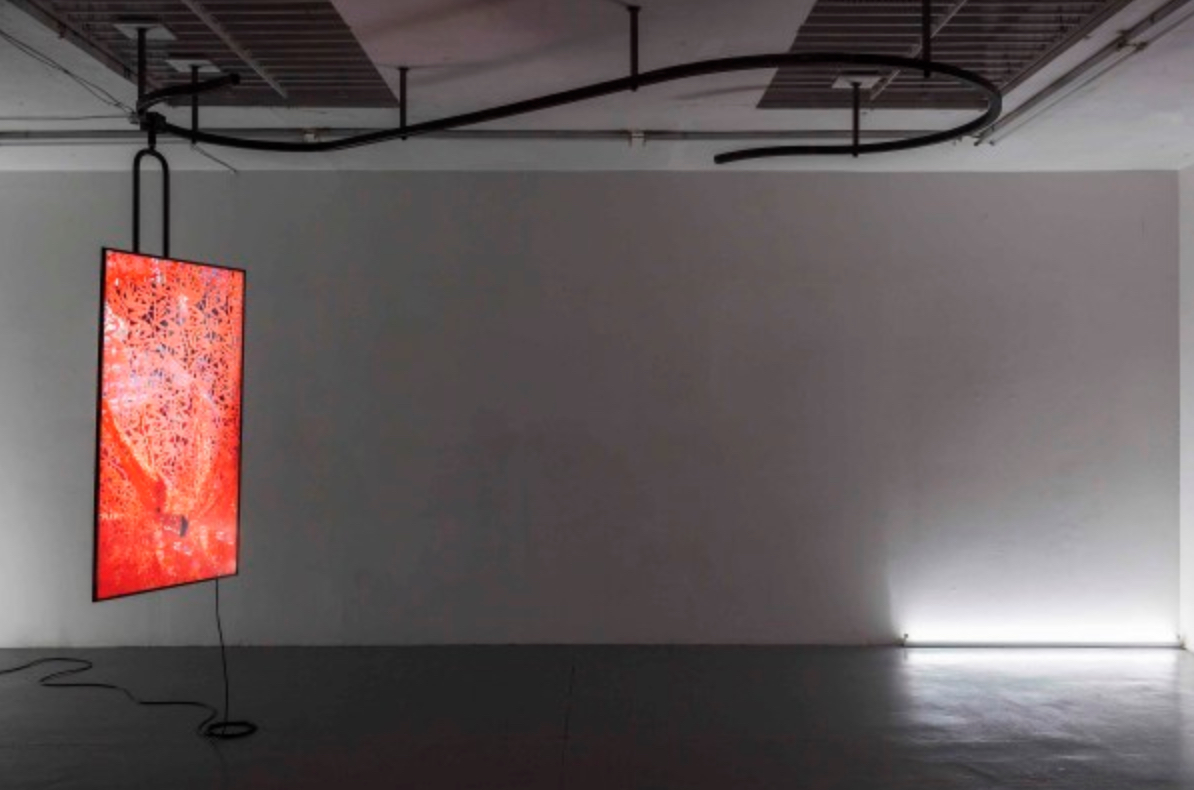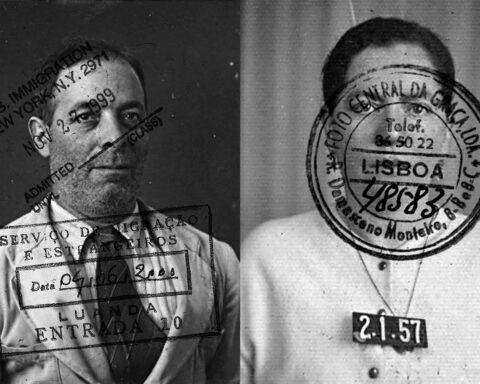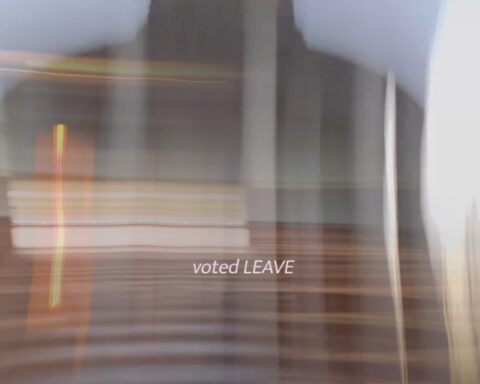Almanac is a non-profit organisation based in London with a sibling project in Turin called Almanac Inn. Founded in 2013 by Guido Santandrea, Astrid Korporaal and Francesca von Zedtwitz-Arnim, the project is dedicated to showing art in various forms and engaging with ways art can become a part of life’s daily rhythms. Since its inception, Almanac has worked as a platform, supporting the work of young artists and offering the public a more articulated knowledge of their practices through a series of solo shows, residencies, public programmes and publications. Starting from its first space in Dalton, the project has changed locations and team members throughout the years, opening in 2014 a space in Turin, in the neighborhood of Aurora, then, in 2016, again in London, in the area of Bermondsey, and recently moved in the South West of London in Brixton. Since then the activities of London and Turin were developed in parallel, building a bridge between the two realities and putting into contact the research of young Italian artists with the ones of international fellows. With more than fifty solo shows organised in its spaces, Almanac has nurtured the careers of many artists, presenting itself as a first step in their professional path. The productions are followed by Iside Pandolfo and the programme is curated by Guido Santandrea, who we had the chance to interview to discover more about the history of Almanac, its mission and future projects.
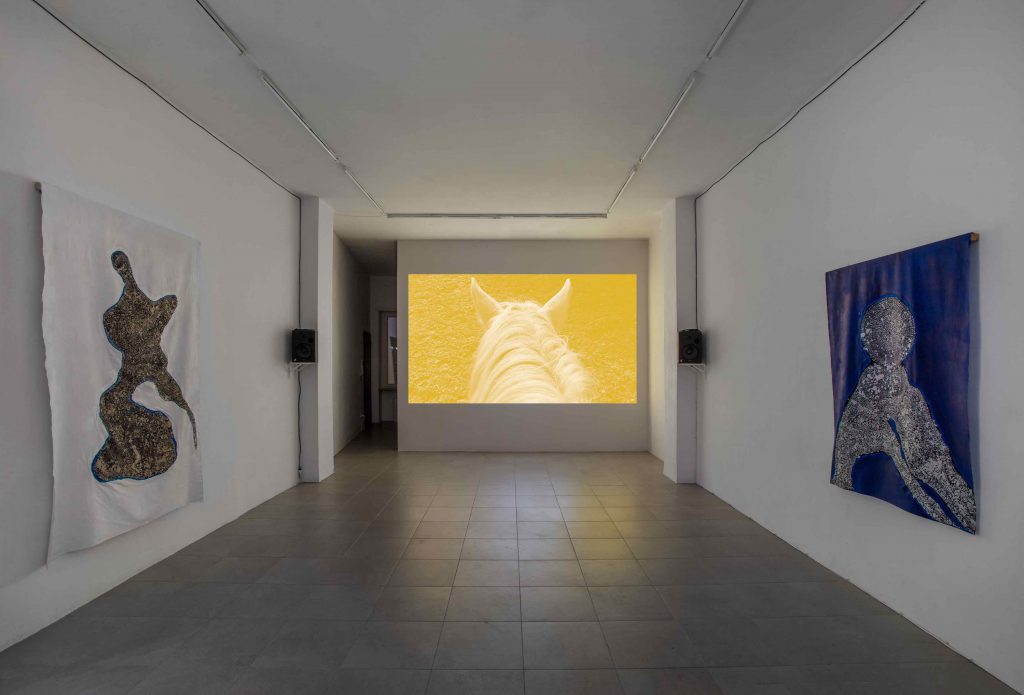
Ginevra Ludovici: When did you start Almanac and what led you to open an art space?
Guido Santandrea: I first started thinking about opening a project space in 2012. In that period I was studying in London in the Visual Culture department at Goldsmiths University. I moved there after working in a commercial gallery in Milan and after realising that I wasn’t interested in that. During that year in Milan I also started curating my first projects.
With the artist Gianluca Concialdi I co-founded a collective called Anonima Nuotatori (Anonymous Swimmers). We were interested in working in a collaborative way stretching the boundaries between artistic and curatorial practice. We were bringing together artists with different attitudes and approaches involving them in building a common view for each project.
Often we were working in unusual spaces. The first exhibition we did was in a squatted swimming pool in the centre of Milan, that’s why we started calling ourselves Anonima Nuotatori. It was at the time when Gasconade was about to open, Motel Lucie were doing their last projects, Christian Frosi and Diego Perrone were curating Artissima Lido. When I moved to London, on one side, I dove in a much more political approach towards art thanks to Goldsmiths; on the other side, I experienced the hype of contemporary art in a very fast, chaotic and active city, where the market dictates speed and nonsense. Some great institutions were presenting some very interesting research-based programmes, but only few were working with artists at the beginning of their careers. So, during my MA, I met Astrid Korporaal and Francesca von Zedtwitz- Arnim and in 2013 we opened a space in Dalston Junction, an area in the East of London. We wanted to support the research of young artists through a programme of solo exhibitions and parallel events that would activate and delve into the projects presented. I guess we wanted to give space and visibility to young artists, working together with them on new productions.
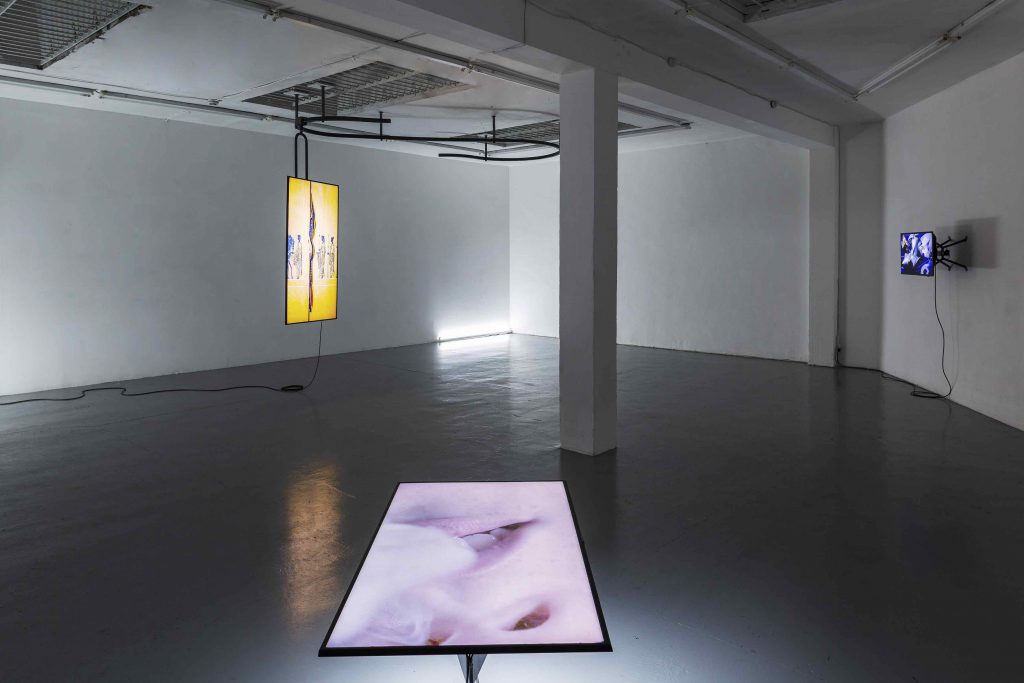
GL: You work in two different scenarios: London and Turin. Why did you decide to start the project in these two cities?
GS: Almanac started in London because it is where I was living and where I still live. For sure London is a city where there are always a lot of things going on. It’s very prolific and people pass by constantly from all over the world. By contrast, Turin is a much more static and closed city, where you get only a little glimpse of the artistic and cultural discourses happening in the rest of the world, and where everything is filtered by few old institutions and established galleries.
I got to know the city first during Artissima Lido, when I presented a project with Anonima Nuotatori, then curating a show at Cripta 747. Shortly after I was offered to use a space that was empty for many years, and that’s how we started a programme of residencies and exhibitions in Turin: Almanac Inn. It happened quite randomly, I’ve never lived in Turin, but I liked the city, which is much more easy going compared to Milan, and we thought that there was a lot to say and not many spaces were working with young artists, so we started to build this bridge and exchange between Italy and the UK.
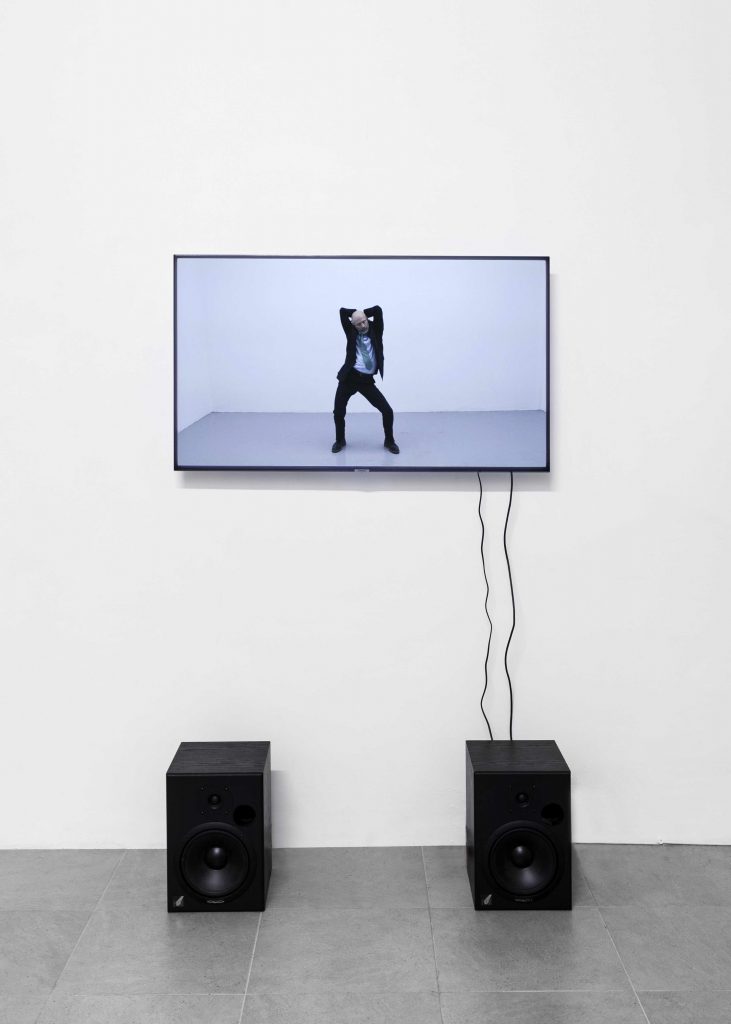
GL: How would you describe the program and the vision of Almanac?
GS: As an almanac, we aim to relate to our current times, season by season, responding to our contemporaneity and its urgencies. We want to show different voices and approaches of the researches of young artists, giving them a space and the support to develop their practice. In both programmes, in London and Turin, we have a core that is composed by solo exhibitions alongside a public programme of workshops, talks, screenings, performances and reading groups. Our idea is to expand this series of events, especially in Turin, since it is very important to us to reduce the gap between the work presented and the public.
GL: Is there any difference in terms of objectives and activities between the two venues?
GS: Working in Italy means that you need to relate to an art system that doesn’t take many risks. It is very difficult and frustrating for a young artist to work in Italy. There are very few young galleries that support with continuity the work of artists at the beginning of their career, same things for museums and institutions. It’s just like a dog trying to bite its own tail. If the artists don’t have the support of a gallery to develop their work and to present it internationally, then it’s very difficult that an institution would present their work. The museum often is also looking for the support of the gallery for the production of an exhibition, which a young gallery cannot provide and anyway most of the time the young artist doesn’t have… more established galleries, instead, want to work with artists that already have a CV so they can offer their work or even use the clients that the artist would also bring to their table… so here is the loop.
For sure it is very important for us to present the work of both international and Italian artists in Turin. Also to bring new and international researches in the city and nurture an exchange. Politically both Italy and the UK are in a complex situation at the moment, to put it mildly, so for sure in both scenarios we have to address certain issues, which are very relevant during this dark time, to really push for novel ways of public engagement and to develop and explore the relation between politics and aesthetics which represent also a quest for visibility and emancipation/equality.
GL: Which kind of research are you interested in carrying out?
GS: At the moment the programme is looking at and exploring the relations between identity politics, ecology and post-colonial studies. It’s important to us to present different approaches and not to get stuck on a specific aesthetic or trend. We aim to work with artists that respond to the world we live in and experiment with their practice to open up new meanings, visions and perspectives.
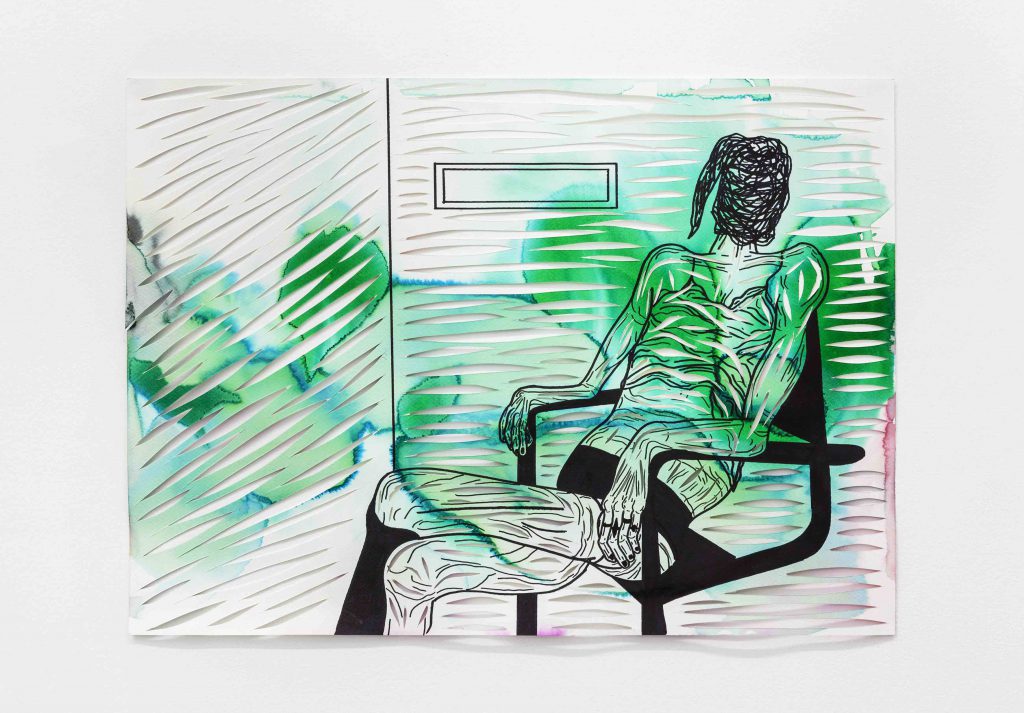
Photo by Sebastiano Pellion Courtesy the artist and ALMANAC, London/Turin
GL: What are the sources of sustainability of the project?
GS: Our work in terms of sustainability consists in 24/7 funding applications. In Turin we have the support of Fondazione CRT and Compagnia di San Paolo. In London we apply for Arts Council England funding and currently we have 17 artists working in our studios. We are also trying to build a network of supporters and patrons.
GL: How has your work changed since you started Almanac?
GS: At the beginning we were three curators and we were supporting the project investing our own money. Then the team changed, I started working with new people and now we have fundings that are supporting the programme for the whole year. These resources are given when the projects are already realised at the end of the year (a common practice in Italy), which means that we need to work with a long term vision, for both the curation and the economic side of it.
GL: What projects are you currently working on?
GS: In Turin we are opening a solo exhibition by Cleo Fariselli and a project for the public programme by Stefano Serretta in September. In London we are going to open the new exhibition space in Brixton, where we moved in March from our previous location in Bermondsey. We are going to present a new body of work by Gianluca Concialdi, then a solo show by Emily Jones.
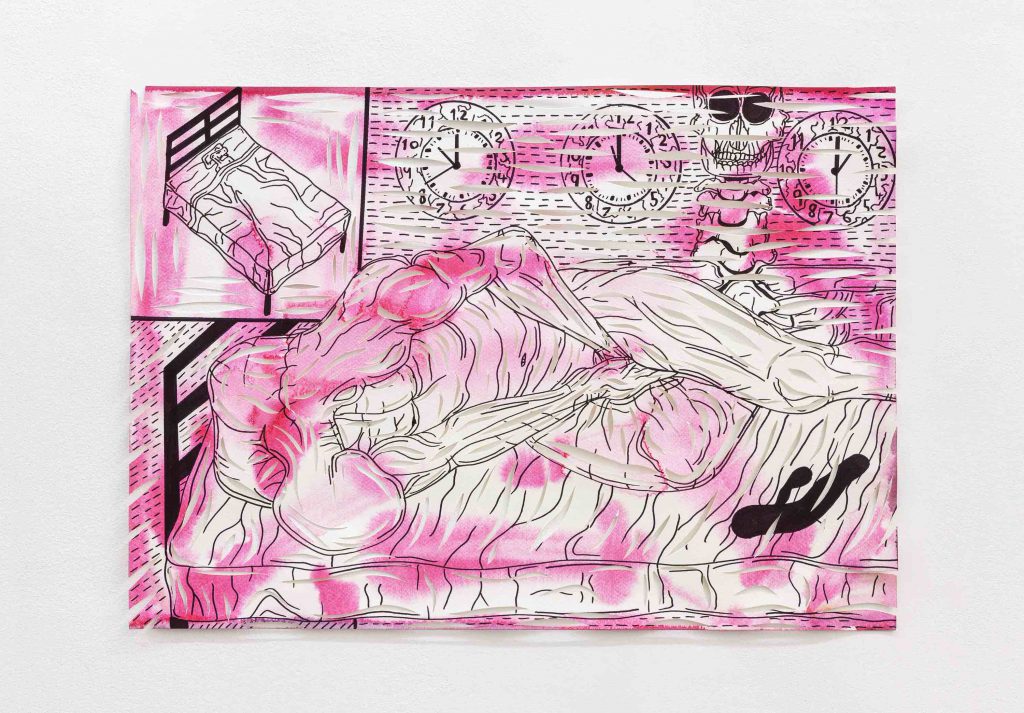
Photo by Sebastiano Pellion Courtesy the artist and ALMANAC, London/Turin


